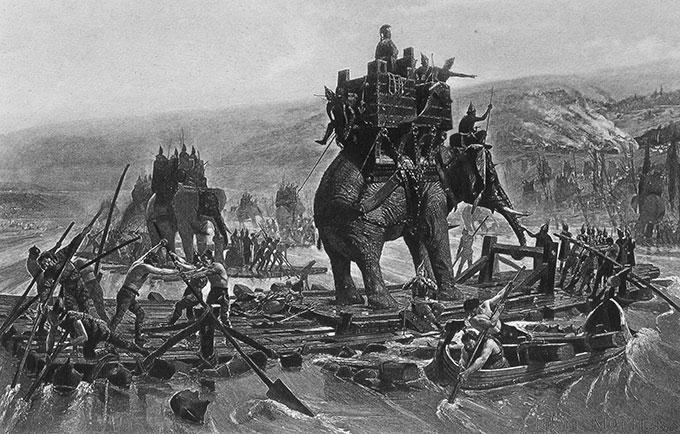
When one bishop is not enough
In the previous blog posts we looked at games that were decided by Bxh7+ bishop sacrifice (see part 1 and part 2). Today we will look at a more advanced version, which involves sacrificing not one, but two bishops in a row!
The player who came up with this idea was the future World Champion Emanuel Lasker, in a game that he played in his youth. Actually, he was already 23 years old at the time but by the standards of the XIX century he was probably still considered a "promising youngster"...
The most famous victim of Lasker's sacrifice was another World Champion, Anatoly Karpov, in a game that was played already in XXI century. Karpov was defeated by Judit Polgar, who still holds the record as the strongest-ever woman chess player. This is how that famous game ended:
It is clear that Karpov had a bad day, as somehow he forgot about the Bxh7+/Bxg7 idea and allowed Judit Polgar to execute this sacrifice in its "classical" form. In grandmaster games it usually takes more effort on the side of the attacker to make the double bishops sacrifice work. The following game, which was played in the Soviet Union championship in 1970s, is a great example:
In conclusion, we will look at a game in which the Soviet master Alexander Shashin, who coached me for many years when I was a schoolboy, was on the receiving end of Lasker's bishops, courtesy of a famous Grandmaster from Leningrad, Mark Taimanov. The attack is started by the same sacrifice, but the follow-up is highly unusual, as the game is decided... by a pawn!
Good luck in unleashing the bishops!